
5 Times Young Bobby Fischer Destroyed An Adult In Chess
GM Bobby Fischer, the 11th world champion of chess, is arguably the most controversial person to play the game. He was a great fighter, and some will claim he's the best who ever lived after winning the greatest world championship match in history. However, in his later years, he undeniably expressed heinous opinions that, to many chess enthusiasts, spoiled his legacy.
His life, however you look at it, still is and always will be the story of a complicated man with immense drive, determination, and conviction. He was also a profound instigator of change (ousting Russia's dominance, popularizing the Fischer Random or Chess960 variant, and modifying various formats and prize funds, to name a few).
But let me take you back to a time when the future seemed open-ended, when the Brooklyn, New York sky was blue and limitless with promise. In the second half of the 1950s, the name Bobby Fischer only described an immensely talented young boy who played a mean game of chess. What he would do and what he would say were far beyond him—and what was most important, for the boy wonder, was the chess.
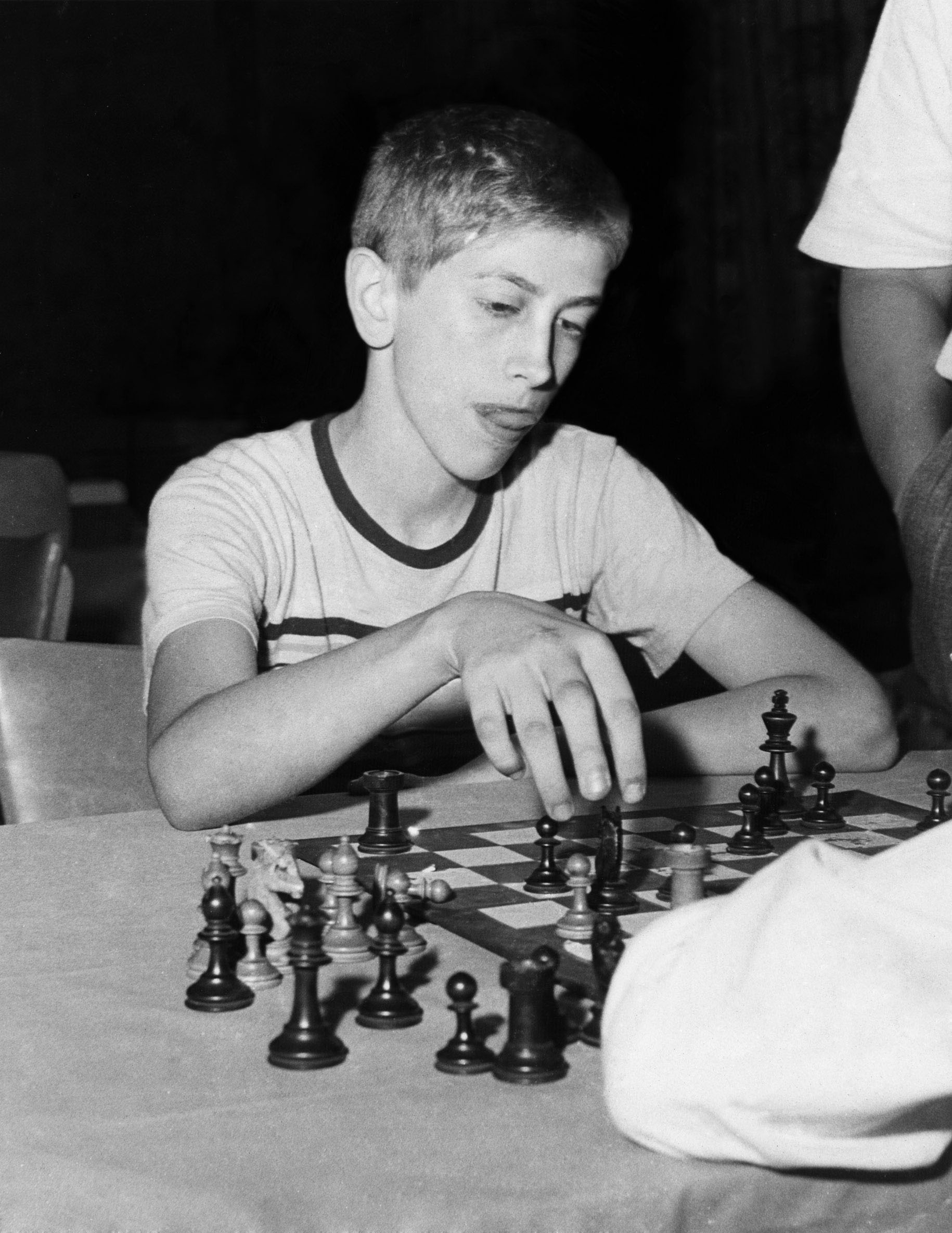
This article features Fischer's greatest wins over adults from the early days, beginning with "The Game of the Century" in 1956 and ending with his first Candidates tournament in 1959. I hope you enjoy teenage Fischer's creativity, wisdom, and excellence as much as I did when browsing his early games and annotating this selection.
- Byrne-Fischer 1956
- Fischer-Sherwin 1957
- Fischer-Reshevsky 1958
- Fischer-Gligoric 1959
- Fischer-Smyslov 1959
Byrne-Fischer 1956
Perhaps Fischer's best-known game was played back when he was only 13 years old. IM Hans Kmoch called it "The Game of the Century," a description that survives to this day. The teenager defeated 26-year-old IM Donald Byrne (twice his age) at the Rosenwald Memorial Tournament held at the prestigious Marshall Chess Club, and this victory catapulted the boy's name into instant fame.

The retreating move 17...Be6!! offering a queen sacrifice, followed by the most memorable windmill, will likely leave you breathless. The minor pieces grouping together to chase the white king, across the entire board, and the satisfying checkmate that concludes the game—the ending is certainly one of the most aesthetically perfect ones ever in chess.

This is one of the most famous games in chess history and has been dubbed "The Game of the Century." In this masterpiece, the young Fischer displays his fond feelings for initiative and his accurate calculation, skills that would prove to be remarkable during his career. The game is also instructive because it illustrates an important principle of opening play—develop your pieces as fast as possible.
Of course, this is a well-known game, having been published in all sorts of books and magazines. But these works of art, like outstanding books and great movies, deserve to be appreciated several times during a lifetime—we can always learn something new from them.
Fischer-Sherwin 1957
In the 10th U.S. Championship, held in 1957/58 in New York, Fischer became the U.S. Champion at the age of 14. He won with 10.5/13, a point ahead of six-time champion (at the time) Samuel Reshevsky. To the parents out there: talk about setting up a competitive resume for college, am I right?
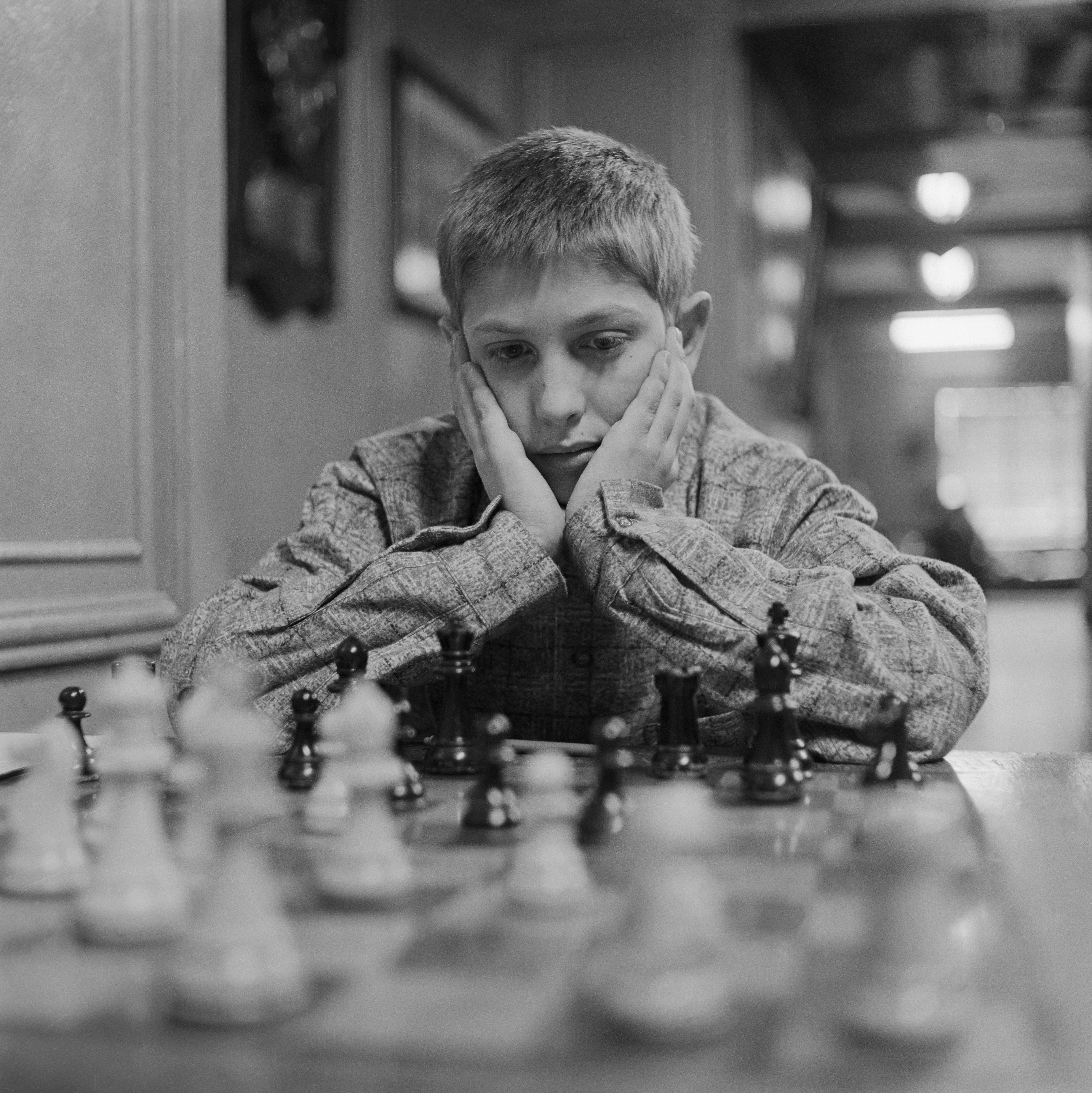
The wunderkind, with quite a flashy combination, displayed the bottomless tactical imagination he'd become famous for in his career in his round-seven game against 25-year-old James Sherwin, who would earn his IM the next year.
Fischer-Reshevsky 1958
Fischer became one of the youngest candidates ever for the world title after his joint-fifth-place finish in the Portoroz Interzonal in 1958 earned him a spot in the 1959 Candidates (more on this later). Back at home, his flabbergasted opponents received no break in the next U.S. Championship as Fischer won with 8.5/11, again a point over Reshevsky. His win over the old champion announced quite boldly that there was a new prodigy in town as he became champion for the second time (of eight times in total in his career, tied with Reshevsky's record).
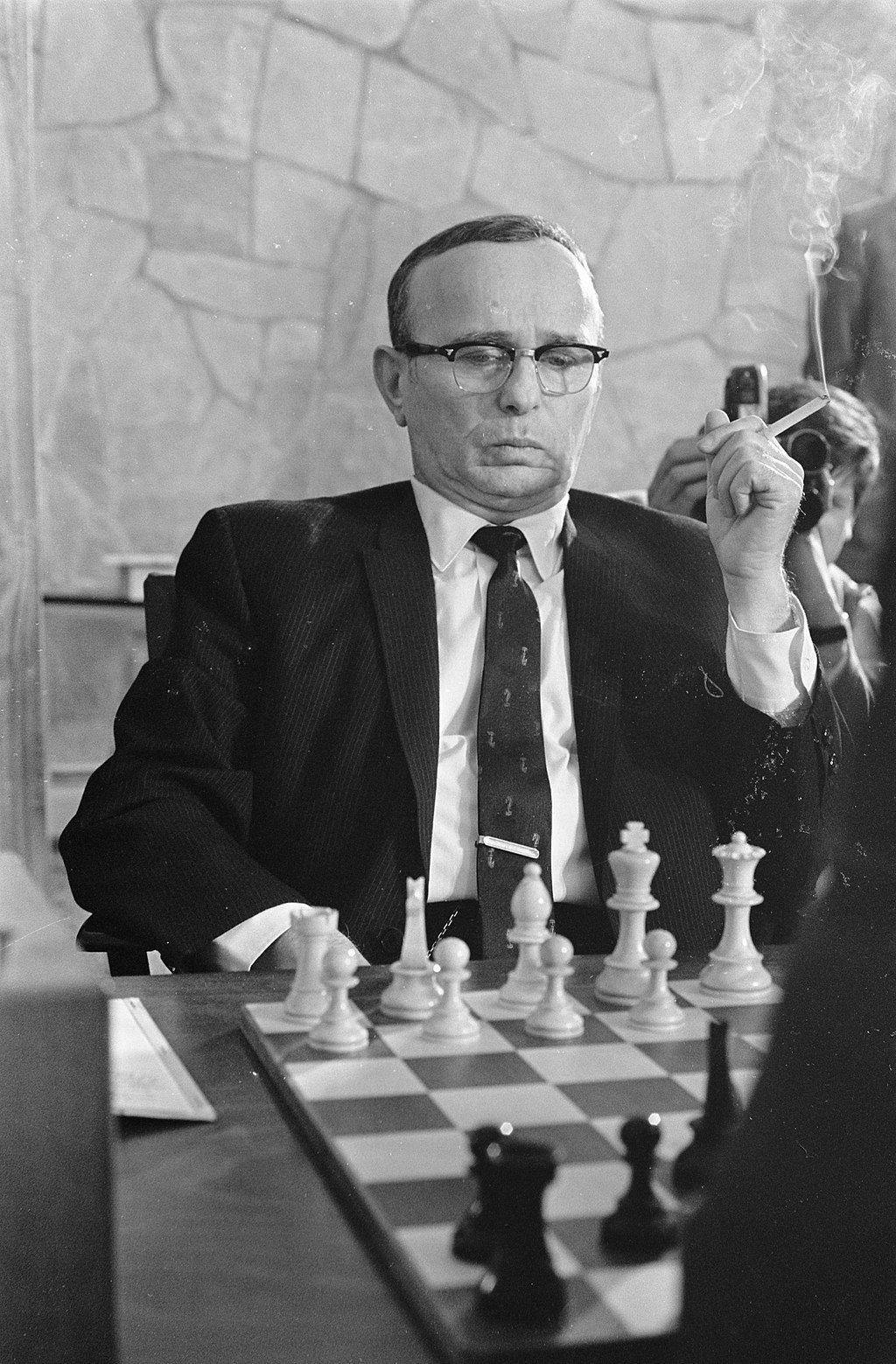
The following win over the leading American grandmaster and former prodigy (who famously gave simultaneous exhibitions at the age of eight!) is notable not only for whom he beat but how. I saw this game early on in my chess career, and 11.Ne6!! is one of those moves you never forget. Many years later, in response to a similar ...Na5, I'd played this tactic myself in a tournament game, and I hope you will too.
Fischer-Gligoric 1959
The late '50s were an exciting time for chess—that is, for the young Fischer, and perhaps less so for anyone who stood in his way. It was clear by now that Fischer, already in his mid-teens, was a world-class player and was capable of defeating anyone.
The 1959 Bled-Zagreb-Belgrade Candidates featured the youngest candidate ever at the time: 16-year-old Fischer (who qualified at 15). I had a hard time choosing between his several wins in the tournament and left out one of my favorites, his ridiculously complicated win over Keres here, which GM Anish Giri has already annotated in his Sicilian Najdorf course on another platform.
In his round-four game against the legendary GM Svetozar Gligoric, Fischer marched to the beat of his own drum by voluntarily giving up his dark-squared bishop on e3 in a Sicilian Dragon, a concept that would surely have left the old masters cackling. He proved in the end, however, that the good old "Pry open the h-file, sac, sac, and mate!" mantra worked nevertheless.
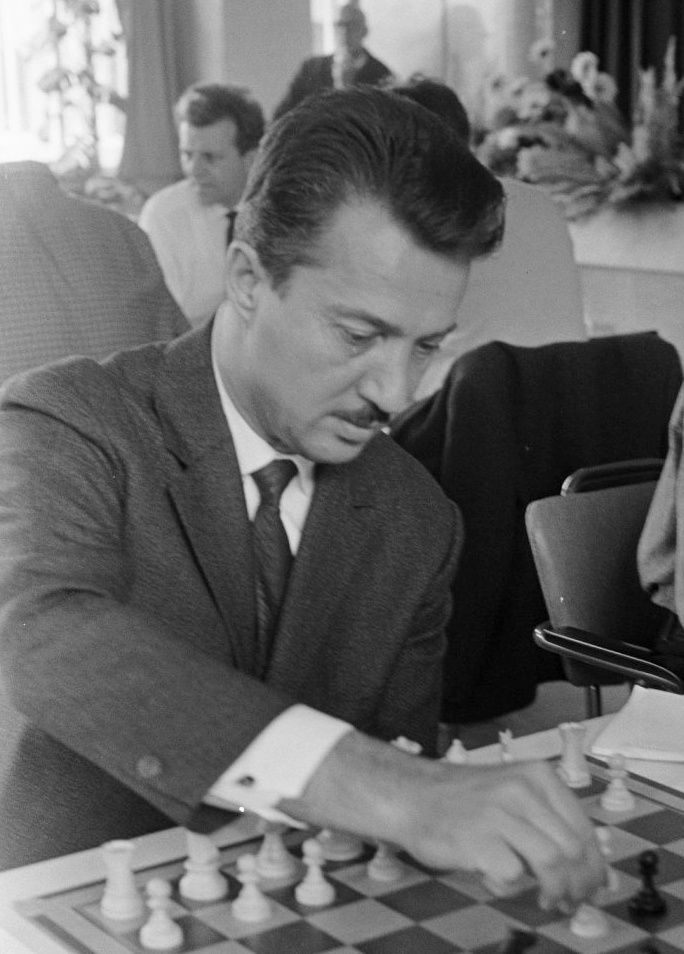
Fischer-Smyslov 1959
We finish with young Fischer's win over World Champion ('57-'58) Vasily Smyslov. Despite having other awesome wins in the tournament, this was his only win against a former or future world champion in Yugoslavia that year—not bad for a 16-year-old!
Smyslov would participate in eight Candidates in his career across the span of four decades (40s-80s).
Smyslov played so well into his senior years that it seemed he would play until 100 and beyond. He was world champion six years before I was born and we met in this candidates final a quarter century later! A legend. https://t.co/gMC6UyVwGB
— Garry Kasparov (@Kasparov63) March 24, 2021
Smyslov confronts the 16-year-old future world champion's favorite Najdorf Sicilian with arguably the sharpest variation, 6.Bg5, which used to be all the rage but is played less frequently nowadays. He prepares a quirky 13.Bh3 and later sacrifices a pawn with 17.f5!, but the prodigy swallows the pawn, stomachs the attack, and converts the endgame without a single mistake.
Note his exceptional technique in converting against the author of Endgame Virtuoso, a marvelous book on the endgame—perhaps not so impressive when you know Fischer is a future 2700+, but he was 16 and playing against a world champion! Imagine the nerves.
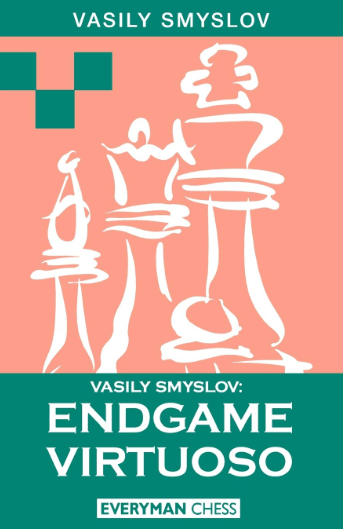
There are several games not in the five selected above which I included below. Despite the opposition being not as strong in some and perhaps some of the tactics not quite as flashy, I felt so much joy and excitement in reviewing these that I wanted to leave them here for the curious, still-hungry reader. Without annotations, here are some other incredible games featuring his famed Sicilian Najdorf, the King's Indian Attack with White, an exchange sacrifice, as well as some of his other wins in the 1959 Candidates that almost made it in (at the bottom).
Conclusion
In reviewing every single win of his early career (give or take four or five years), I was impressed to see that Fischer stuck with the same openings he'd play throughout his adult life—the King's Indian (for both colors), the Sicilian Najdorf with Black, the Ruy Lopez with White, to name a few. I also noticed his exceptional ability in the endgame, particularly with bishops against knights (I'm thinking of his later win vs. GM Mark Taimanov in 1971 in comparison, among many others). What I found is that he was a very similar player in 1956 to who he was in the 1970s, opening-wise and also stylistically—he just got better and better at what he did best.

I hope you learned a bit about Fischer and perhaps about chess along the way after reading this article. What is your favorite game in the selection? Which games inspire you the most? Let us know in the comments below!








